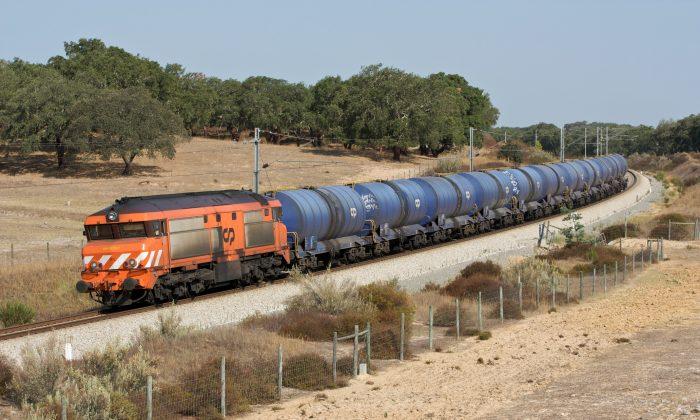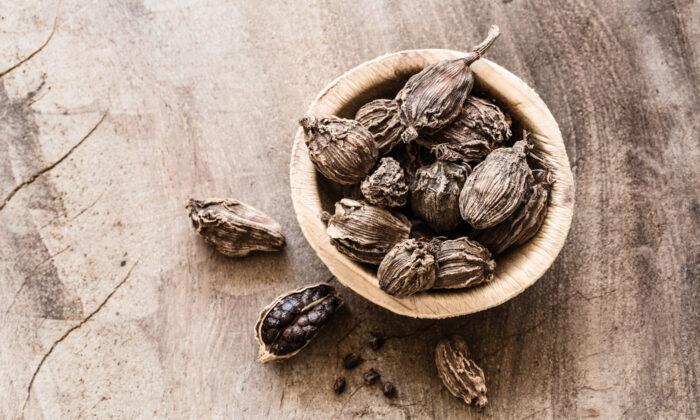New techniques are letting researchers make biodiesel entirely from waste grease more cheaply and efficiently.
Waste grease—a combination of used grease, vegetable oils, and animal fats—comes from homes and food and beverage outlets. It usually accumulates in grease traps of buildings’ sewer systems, and gets collected for disposal by contractors licensed by the National Environment Agency in Singapore.
Given that some 30,000 tons (over 66 million pounds) of waste grease get discharged annually in Singapore alone, it makes economic and environmental sense to recycle the waste material.
“Rather than letting the waste grease get disposed of, it is much better to turn it into a green fuel which reduces the reliance on external sources,” explains team member Tian Kaiyuan, a PhD student from the National University of Singapore’s department of chemical and biomolecular engineering.
As far as he knows, no other urbanized cities in the US or Europe have harvested the waste grease from grease traps for biodiesel production on an industrial scale.
Reusable Catalysts
Traditionally, the high free fatty acid content in waste grease makes it unsuitable for biodiesel production due to technical issues. Current catalysts could not process the waste grease in a single step until this recent discovery, which has appeared in journals such as Bioresource Technology and Green Chemistry.
The team, led by Associate Professor Li Zhi, pioneered an innovative one-step approach with specially engineered high-performance catalysts.
Besides achieving impressive biodiesel conversion yields under optimal conditions, the catalysts can be easily separated from the biodiesel mixture at the end of the transformation process for repeat use with little deterioration in performance.
Three Methods
One method employs whole-cell Escherichia coli (E. coli) bacteria, producing a 97 percent biodiesel conversion yield in 72 hours.
Another involves specially formulated magnetic nano-sized solid acid particles. When combined with methanol, they efficiently catalyze waste grease, yielding up to 98 percent biodiesel in 24 hours.
The third is a recyclable magnetic nano-biocatalyst created using an enzyme derived from a fungus. This catalyses waste grease laden with methanol into biodiesel, achieving a remarkable 99 percent biodiesel yield in 12 hours.
Among the three techniques, the natural system of whole-cell E. coli shows the most potential as the biocatalyst can be produced in large amounts at low costs.
With biodiesel gaining greater favor as a renewable and cleaner fuel source for transport and machinery, the team is in talks with industry partners to adopt the whole-cell biocatalysts technology for more in-depth pilot testing. A China-based company has expressed interest to adopt the technologies to recycle its gutter oil.
Source: National University of Singapore. Republished from Futurity.org under Creative Commons License 4.0.




